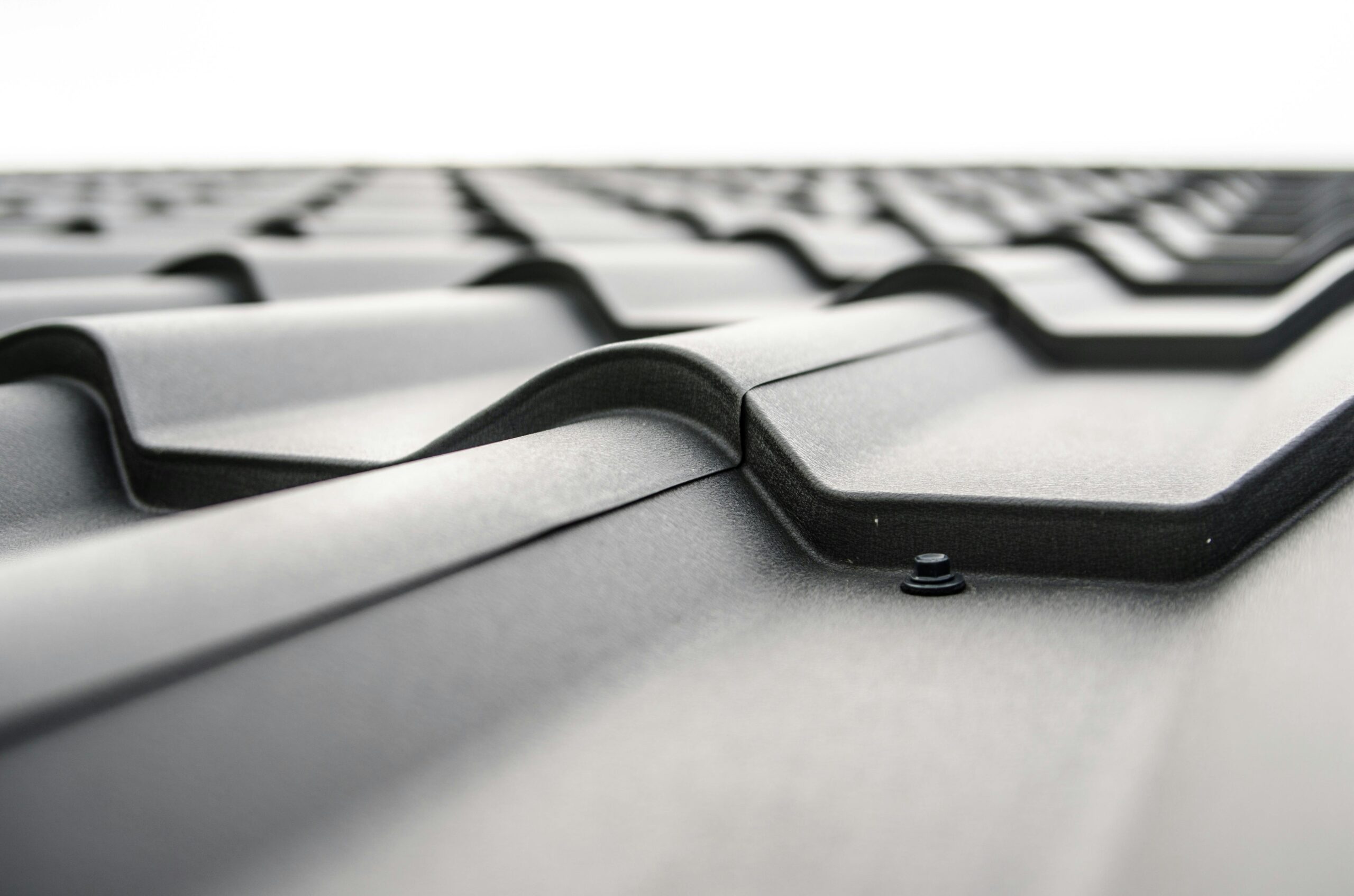When homeowners consider roof replacement options, asphalt shingles and metal roofing often dominate the conversation. However, the world of roofing materials extends far beyond these common choices. Tile, slate, and wood roofing systems offer distinctive aesthetics, varying durability levels, and unique benefits that might make them ideal for your home. This article explores these alternative roofing materials, examining their characteristics, costs, longevity, and suitability for different architectural styles and climates.
Tile Roofing: Elegance and Durability Combined
Tile roofing is one of the oldest and most distinctive options available. Available primarily in clay and concrete varieties, tile roofs bring unmistakable character to homes. Clay tiles, often associated with Mediterranean, Spanish, and southwestern architectural styles, create that iconic terra cotta appearance that has adorned buildings for centuries. Concrete tiles, a more modern alternative, can mimic the look of clay, offering additional color options and sometimes at a lower price point.
A comprehensive types roofing materials comparison must highlight tile’s exceptional durability. Quality tile roofs can last 50-100 years or more with proper installation and maintenance. They excel in hot climates by reflecting sunlight and providing natural ventilation, which can contribute to energy efficiency. Tiles also offer excellent fire resistance – a significant advantage in wildfire-prone regions.
However, analyzing the cost of tile roofs and their pros and cons reveals essential considerations. On the cost side, tile roofing typically ranges from $10 to $25 per square foot installed, significantly higher than standard asphalt shingles. The weight of tile, particularly clay, presents another challenge, as many homes require structural reinforcement before installation, adding to overall expenses. Tiles can also be vulnerable to impact damage from hail or falling branches, though many manufacturers now offer impact-resistant options.
Slate Roofing: The Premium Natural Option
Few roofing materials match the prestige and longevity of natural slate. Quarried from the earth as thin sheets of stone, slate creates a distinctive, elegant roof that adorns prestigious buildings for centuries. Available in various thicknesses and colors, including black, gray, green, purple, and red, slate roofing can complement virtually any high-end architectural style.
The slate roof lifespan represents its most remarkable attribute – properly installed slate roofing systems frequently last 100 years or more, with some historic examples exceeding 150 years of service. This exceptional durability makes slate the most cost-effective option when calculated over its lifespan. Slate offers complete fire resistance, excellent weather protection, and minimal maintenance requirements.
These advantages come with premium pricing, as slate typically costs between $15 and $30 per square foot installed, making it among the most expensive roofing options. Like tile, slate’s substantial weight (800-1,500 pounds per square foot) often necessitates structural reinforcement. Installation requires specialized expertise, as AskHomey professionals usually consider this premium option when consulting homeowners. Finding qualified installers can be challenging in some regions, potentially adding to the cost and project timeline.
Wood Shake and Shingle Roofing: Natural Warmth
Wood shake roof systems offer unmatched aesthetic warmth for those seeking natural beauty and traditional charm. Wood roofing is typically crafted from cedar, redwood, or cypress in two main varieties: shingles (machine-cut for uniformity) and shakes (hand-split for a more rustic appearance). Both options weather naturally to a distinctive silvery gray over time, though they can be treated to maintain their original color longer.
Wood roofing creates a breathable system that provides natural insulation, potentially improving energy efficiency. The material’s natural flexibility and relatively light weight make it suitable for various roof designs without requiring structural modifications. When sourced responsibly, wood roofing represents a renewable, environmentally conscious option with lower embodied energy than manufactured alternatives.
The organic nature of wood creates particular specific challenges. However, wood roofing can be vulnerable to mold, rot, and insect infestation without proper treatment and maintenance. The typical lifespan ranges from 20-40 years, depending on wood quality, climate conditions, and maintenance practices, substantially shorter than slate or tile. Fire concerns have led some municipalities to restrict wood roofing or require special fire-resistant treatments, which add to the already significant cost (typically $9-15 per square foot installed).
Choosing the Right Alternative Roofing Material
Selecting between tile, slate, and wood roofing materials requires balancing aesthetic preferences, budget constraints, structural considerations, and climate compatibility. Homeowners in hot, dry regions often find tile roofing ideal, while those prioritizing maximum longevity and minimal maintenance might gravitate toward slate despite the higher initial investment. Wood shake roofing performs best in moderate climates without extreme moisture or fire hazards.
Local building codes, homeowners association rules, and the availability of experienced installers also influence the decision-making process. These specialized roofing systems generally require more expertise than standard asphalt shingle installation, making contractor selection particularly important to long-term performance.
For more tips and to connect with reliable home service professionals, follow AskHomey on Facebook and Instagram.



